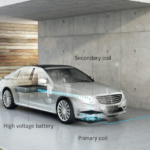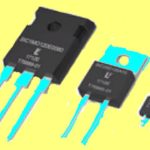By the Power Guy, TDK-Lambda
AC-DC power supplies for the medical market have long been not only safety certified to the IEC 60601-1 medical standard, but also to the industrial IEC 60950-1/IEC 62368-1 standards. Dual certification reduces the number of individual model numbers that must be produced and stocked; this practice improves production efficiency and reduces the amount of inventory held in distribution and the supply chain.
One small cost adder is that two ac input fuses are needed in many medical applications, one in the Line side and one in the Neutral side.
Dual fusing is necessary to guarantee full protection if the polarity of the Line and Neutral wiring to the power supply should be reversed. This might be due to a wiring error at the building’s ac socket or in the wiring feeding the power supply.
I had to say I was mildly surprised when TDK-Lambda started offering a single (Line) fuse option on their new medical/industrial power supplies. Two protective devices surely must be better than one? Some investigation was required, because someone else was bound to question this too!
If an industrial system is consuming more current than a regular ac socket can support, it would have to be permanently connected to a distribution panel or building wiring. This task is normally carried out by a professional electrician, who would be aware of the potential dangers of a polarity reversal.
Referring to the nearby diagram, in the event of an over-current fault condition in the power supply or fuse aging, there is a 50%

chance that either F1 or F2 would open. If F2 was to open, a service technician may believe that there is no ac power being applied to the power supply. Inadvertent contact with the Line while touching the earth ground would result in an electrical shock. This is even more likely if the power supply in question is of an open frame type construction.
To avoid this, the NEC, CEC, IEE Wiring Regulations and IEC 364, specifically prohibit fusing in the Neutral in this type of equipment. To overcome this, a single-fuse power supply must be selected. This can be achieved by using an industrial (single fuse) or a medical/industrial power supply that has a single fuse option.
TDK-Lambda currently offers a single fuse option on the medical and industrial certified QM modular series and CUS-M models.






Leave a Reply